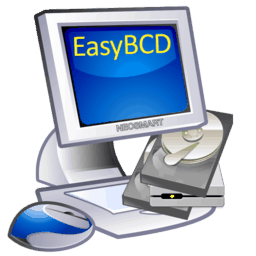Microsoft [[MSFT]] has just released another version of its most-eagerly anticipated Service Pack 1 for Windows Vista, labeled as Release Candidate 1; along with another build of Windows Server 2008: the November CTP. Both releases are available to official testers from Microsoft Connect.
This is the third SP1 release made “available” to the public, starting with the leaked build back in August, followed closely by the first official release of Windows Vista SP1 beta in September.
Vista SP1 RC1 (build tag: 6001-17042-071107-1618) has been available as both an slip-streamed ISO image and a standalone upgrade utility. The slip-streamed ISO image is available in either English or Japanese, while the upgrade utility supports the five main Windows Vista localizations (Arabic, English, French, German, and Japanese).
The Windows Server 2008 November CTP (build tag: 6001-17042-071107-1618) is only available as an ISO in English in multiple flavors (Web Server & Standard Edition) for multiple platforms (x86, x64, and IA64).


